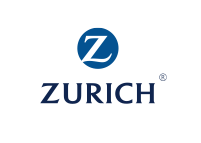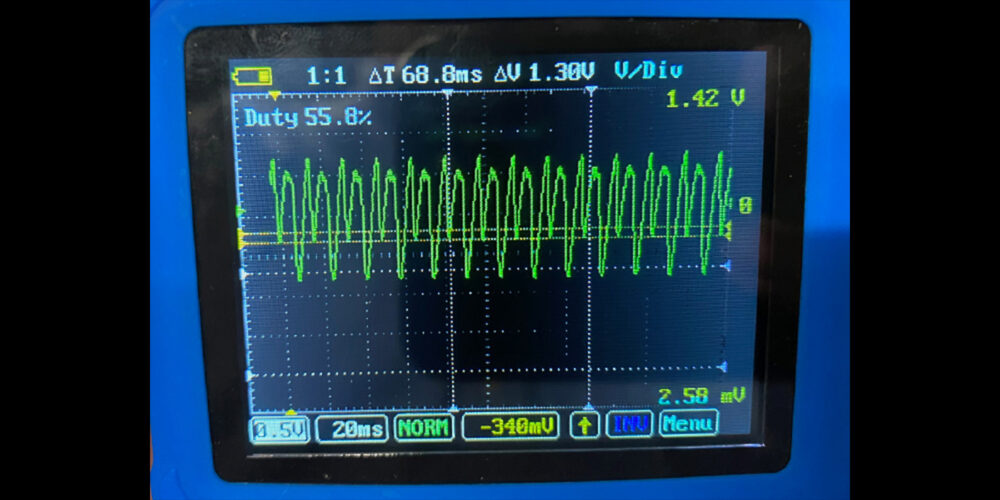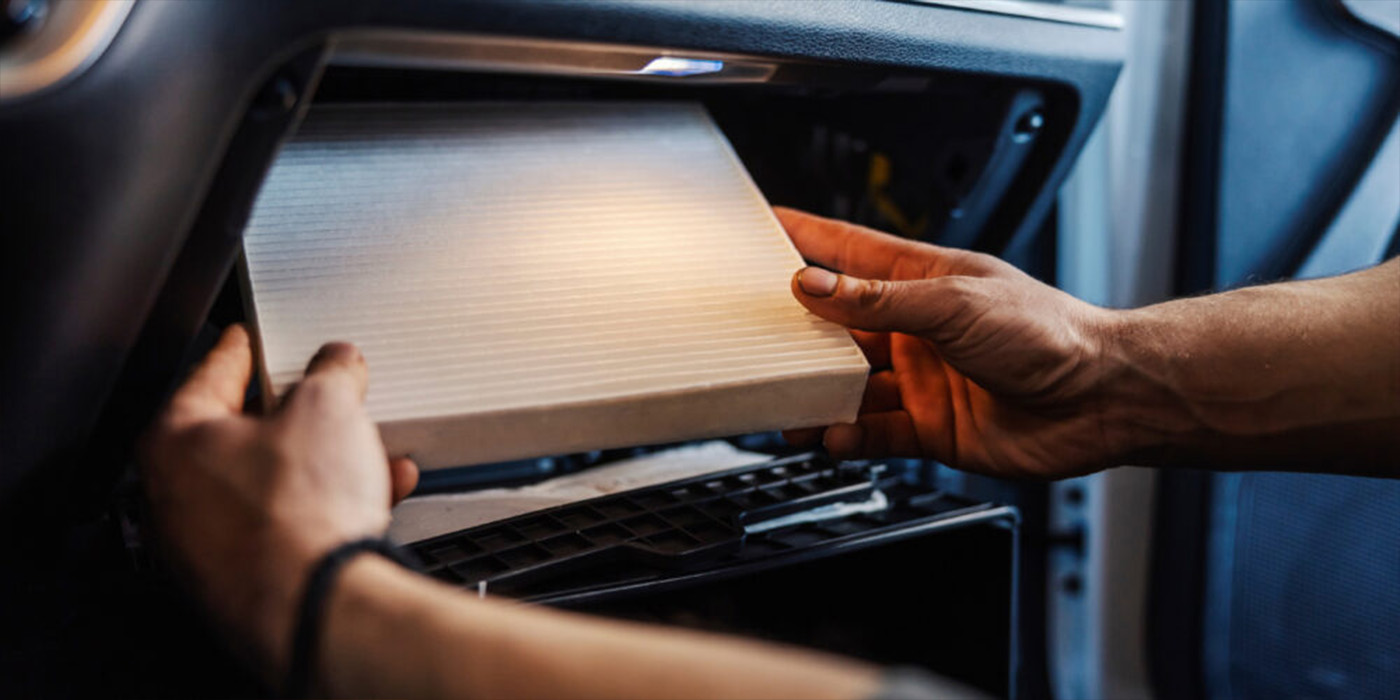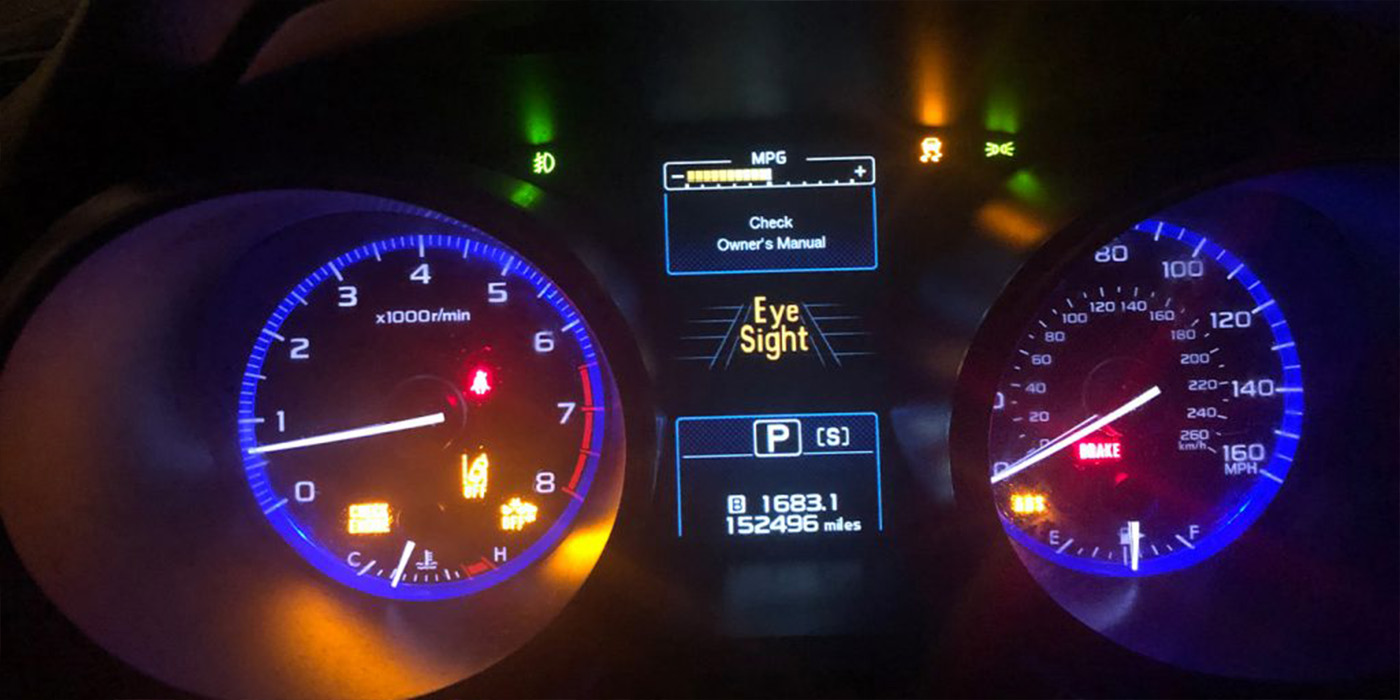 For many people in the United States, winter means hot chocolate and warm fires. But it also inevitably means colder temperatures, snow and ice, which can pose significant risks to your automotive business. That’s why it’s important to prepare your business for winter to help protect against potential property damage and liability claims. To help protect you against winter-related losses, Zurich recommends the following tips:
For many people in the United States, winter means hot chocolate and warm fires. But it also inevitably means colder temperatures, snow and ice, which can pose significant risks to your automotive business. That’s why it’s important to prepare your business for winter to help protect against potential property damage and liability claims. To help protect you against winter-related losses, Zurich recommends the following tips:
Ground snow removal
• Verify snow removal personnel are not pushing snow up against roof drain outlets. Snow should be cleared from around the outlets so that water can easily escape.
• Verify your fire protection equipment, hydrants, control valves and your fire pump room remain accessible. Snow should be removed from around this equipment, which may require some hand shoveling.
• All doorways should be accessible and snow removed to allow egress. This is especially important for emergency exits.
Roof snow and ice removal
• Roof drains should be inspected to ensure that they are clear of snow and ice. An area around each drain should be cleared to allow water to reach the drain. Remember, your roof covering can be easily damaged, so plastic shovels should be utilized. The use of calcium chloride
is an effective way of keeping ice from accumulating in your drains.
• In the event you need to remove snow from the roof, Zurich strongly recommends that you solicit the services of a qualified roofing contractor and ensure that all Occupational Safety and Health Administration (OSHA) guidelines are strictly followed. Drifted snow should be removed first.
High winds
• Check the roof for loose flashing. If the flashing is found to be loose, it should
be secured with #8 (minimum) corrosion resistant screws long enough to adequately engage the wood nailer. The screw should have a large pan head or a washer should be used.
• Check for loose roof top equipment.
Roof top equipment may also include satellite dishes, electrical conduit, lightning protection and piping systems. Secure or remove any equipment that is loose and may be dislodged in high winds.
• Remove any debris from the roof.
• Remove any ground level trash, debris, seasonal equipment or other items that can become a projectile in high winds.
• Continue to monitor the exterior of the building to ensure no windows are broken. Broken glass can lead to localized freezing of water based systems. Any damage to the building envelope should be temporarily sealed until more permanent repairs can be made.
Power outage
• Make sure emergency power equipment is operational and that fuel tanks are full.
• Any small portable generators you rely on should be tested and fuel tanks should be full. These should only be used in a safe, well-ventilated area.
• If your building heat is lost due to a power failure, building temperatures should be monitored. If temperatures fall below
40 degrees Fahrenheit, safeguards should be taken to protect water-based systems against freezing.
Summary
• Only take action to safeguard your property if the action can be taken safely. When working above grade, such as on a roof or ladder, follow safe work practices including OSHA fall protection guidelines.
• If rooftop snow removal action becomes necessary, retain a qualified contractor to implement the activity. This is a job for those with experience working safely at significant elevations above ground.
• Confirm that the contractor is fully aware of all safety expectations. Also, require contractors to provide Certificates of Insurance verifying adequate levels of insurance for both Workers’ Compensation and General Liability. Verify coverage is provided for property damage or bodily injuries caused by contractor’s employees or their operations.
Article courtesy The Zurich Services Corporation. For information about Zurich’s products and Risk Engineering services, visit www.zurichna.com/automotive or call 800 840-8842 ext. 7449.














